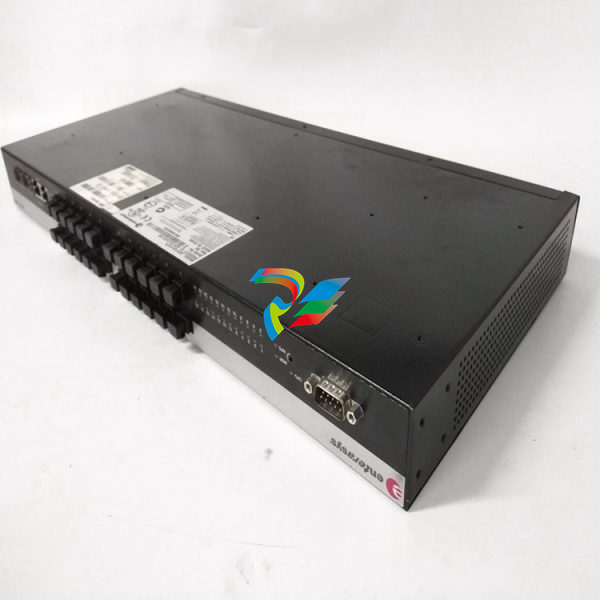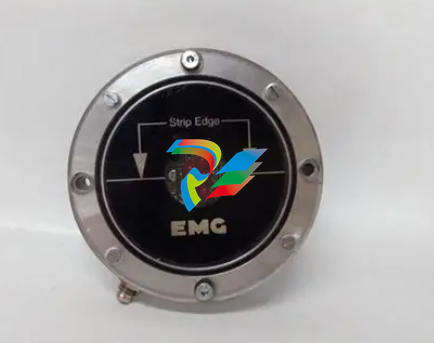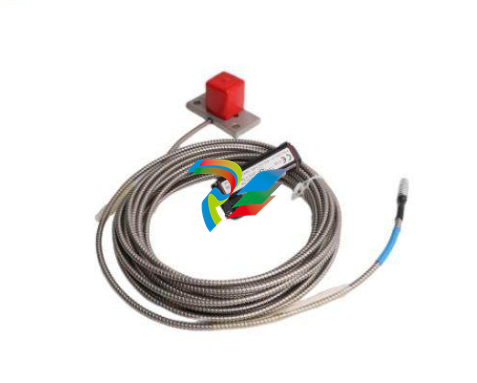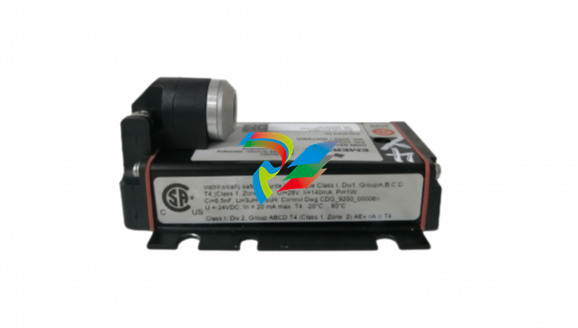
ABBIndustrial Networks Connecting Controllers via OPC
is 8 milliseconds for all tests (see Table 4.2). It shows clearly, that the test system variation with Woodhead PROFIBUS returns the best round-trip times, while
the Beckhoff approach is worthless for our task. Moreover, its ability of emulating several slaves saves the effort of inserting multiple PCI cards. Beside all these
advantages, the Woodhead PROFIBUS approach causes the word swap problem,
which cannot be solved without adding program code at this time.
Whereas MMS also meets our requirements, it is about two times slower than the
Woodhead approach. Furthermore, the standard deviation of the RTTs measured
is vastly greater with MMS than with PROFIBUS. This is remarkable, since our
test were made with a direct Ethernet link (crossed cable). As the performance
of MMS depends on network traffic and AC800M’s CPU load, it is to be expected
that communication using MMS will get slower and even less deterministic in a real
environment

Although on the first spot Test 5 seems to be useless, this is not the case at
all. Firstly, it proved that the system basically works even with this amount of
variables. Secondly, while Test 4 is the most relevant evaluation concerning the
real requirements, Test 5 was intended to look for the limits of the current system,
Chapter 6
Redundancy
This chapter will provide theoretical considerations on redundancy. Since the
Woodhead PROFIBUS solution was the most promising approach, our considerations are based on this test system variation and the amount of signals according
to Test 4, which resembles the real requirements.
6.1 Terms and Concepts
Please notice that when talking about redundant components in this context, we
mean duplication if not stated otherwise. The term redundancy does not define the
number of redundant components in general.
6.1.1 Levels of Redundancy
There is a large variety within the levels of redundancy. While it is possible to
double only the most important or critical components, one can also make a whole
system redundant. This usually allows the concurrent outage of several different
parts of a system (e.g. a processor module and a bus line) without interrupting
the whole system. An outage can be an unplanned failure of a component but also
a planned maintenance action. Security relevant parts like protection systems are
often even implemented three times or more.
It is also important to know that redundancy can be implemented on different
levels in communication. Most redundancy hardware devices or software programs
that are able to switch between different connections work on a protocol level,
that is, they recognize errors in the communication protocol e.g. if a device fails
or the connection is broken. They are not able to identify errors in the transported data, though. In contrary, redundancy logic on application level checks the
values/contents of the transported data, and therefore also detects errors if the protocol itself runs correctly. It is also possible to combine these approaches, e.g. if an
application level program is able to force a switchover in a physical switch. A typical specification for the maximum switchover time in the turbine control business
is 20 ms.
6.1.2 Master-, Slave- and Line-Redundancy
In bus systems there are three aspects of redundancy which can be combined arbitrarily. Since the outage of a non-redundant bus master in a classical master/slave
bus system like PROFIBUS interrupts any communication, it is very common to
implement bus master redundancy. In contrary, slave redundancy can be implemented depending on the importance of a specific slave. For real master or slave
redundancy it is of course necessary to implement two completely independent
communication stacks [36]. In practice this is normally done by using two identical
communication interfaces. The two interfaces communicate directly or via a third
component (e.g. the processor module) to be activated or deactivated and exchange
configuration data. Line redundancy means the multiple presences of physical media. A redundant master/slave bus system is showed in Figure 6.3. ABB offers a
device called RLM01 to connect single-line PROFIBUS slaves to a line redundant
layout, allowing reducing the non-redundant part to a short distance. Since the
device needs to copy data, it causes a delay, but this is very small compared to our
cycle times (about 1.5 µs at 12 Mbit/s).
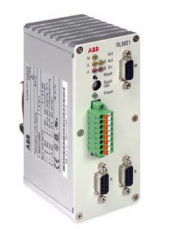
6.1.3 Transparency
For the different components of a redundant system it makes a difference whether
the redundant pairs behave in a transparent manner or not. If they behave transparently, the other parts recognize a redundant pair as one single device and will
not have to do anything; at the most there will be a more or less drastic pause due
to the switchover. If redundant components behave not transparently, it is usually needed that nearby components are intelligent enough to check which device is
working correctly.
For redundant components which behave transparently it is inevitable to have
a redundancy communication (RedCom), which can be a direct link or be managed
by a superior component. This connection is on one hand needed to determine
which component is the active one and which is in stand-by mode. On the other

